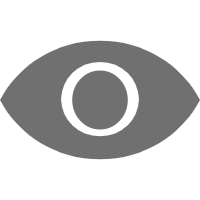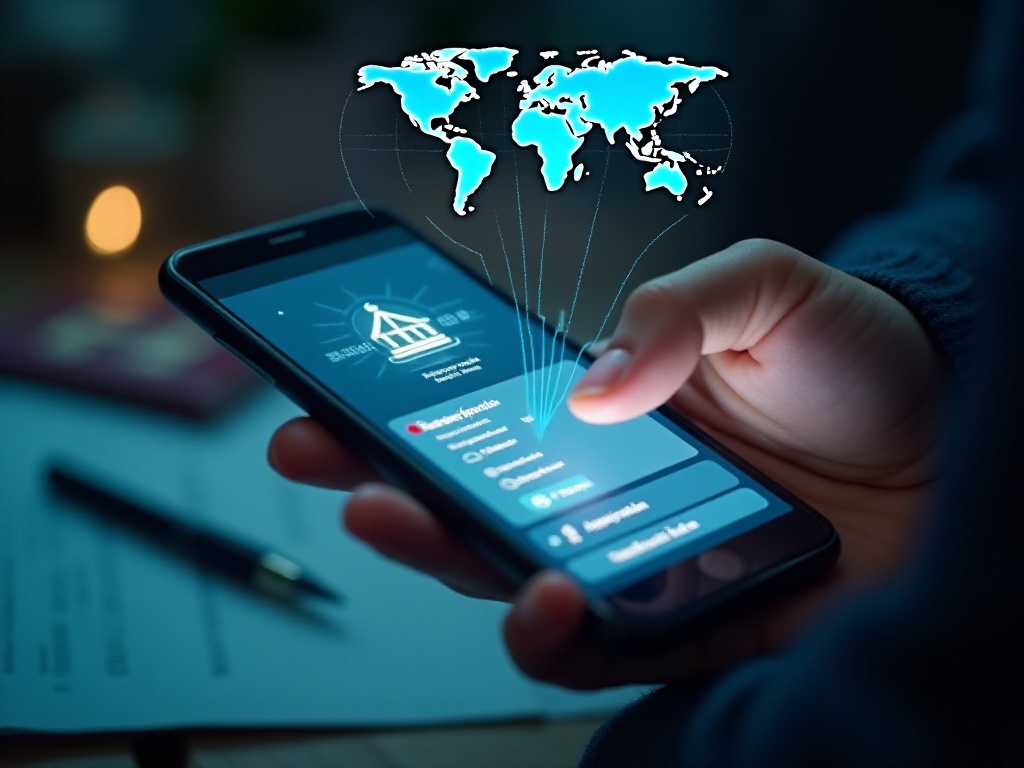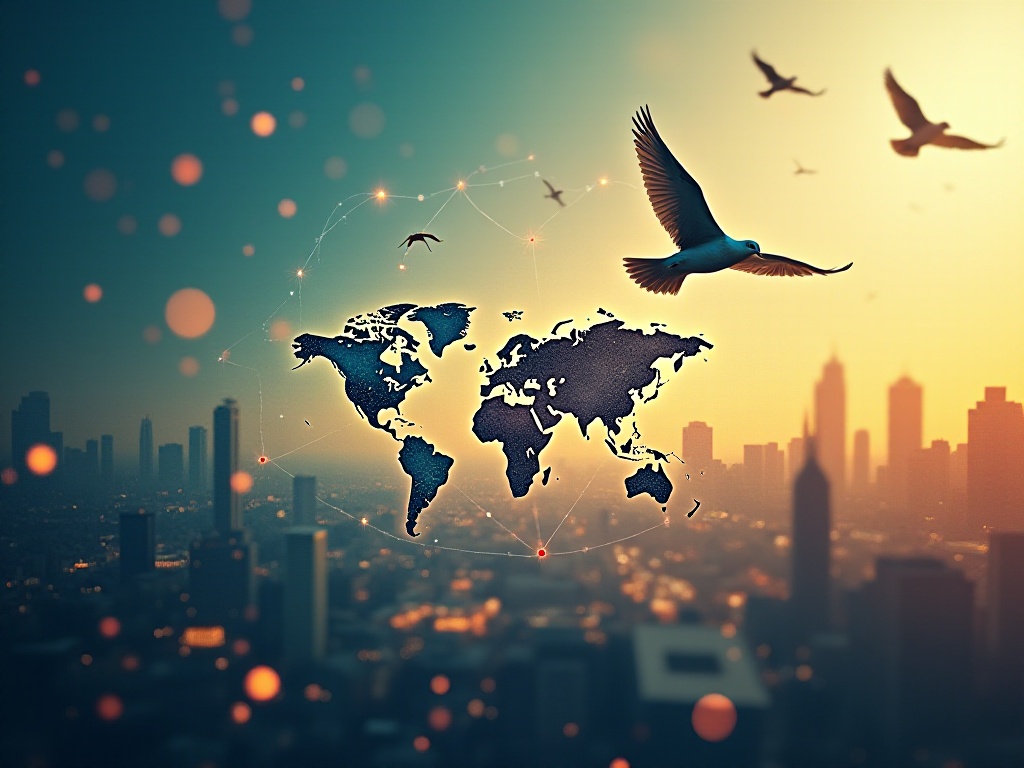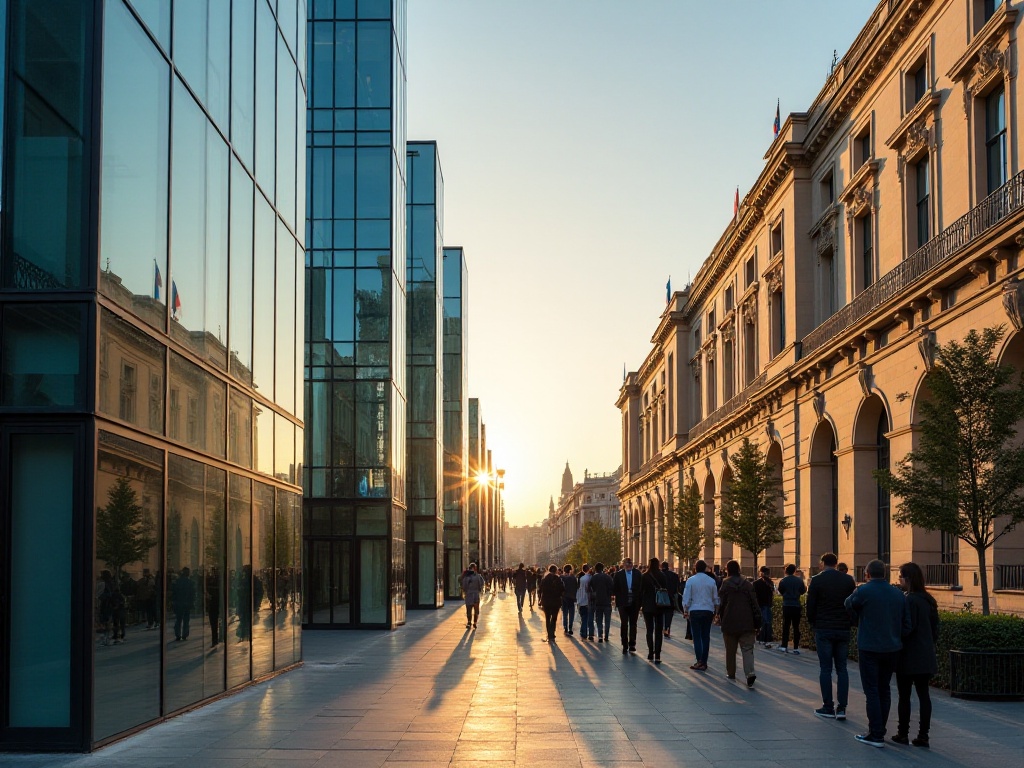Opening Words
Hey, energetic friends! Today I want to discuss a super practical topic - U.S. visa applications. As a travel blogger who has visited over 40 countries worldwide, I've gone through numerous visa application processes. To be honest, I was a complete visa novice at first, but through continuous exploration and practice, I've now developed a complete set of visa application secrets. Today, I'll break down every detail of the U.S. visa application process in the most down-to-earth and youthful way.
Visa Decoded
What exactly is a visa? Simply put, it's a high-level pass. Just like when you want to visit someone's house for dinner, you need to ask if the host is willing to let you in, right? A visa is exactly such a "permit." Through this shiny sticker placed in your passport, the U.S. government is essentially saying: "Brother/Sister, welcome to play in America!"
However, there's an extremely important point to note: having a visa doesn't guarantee entry into the United States. It's like having a keycard to an apartment complex, but whether you're allowed in still depends on the security guard's mood. In the United States, these "security guards" are customs officers, who have the authority to decide whether to let you enter.
I have a friend who experienced this situation. He went to the U.S. with a valid visa but was questioned extensively by customs officers at entry. Although he eventually passed through, this experience teaches us that a visa is a necessary but not sufficient condition for entering the United States.

Visa Types
When it comes to U.S. visitor visas, the most common are the inseparable duo B-1 and B-2. They're like inseparable twins, so typically you'll receive a B-1/B-2 combination visa, valid for up to 10 years with a maximum stay of 6 months each time.
The B-1 visa is mainly for business travelers. If you're going to the U.S. for business meetings, contract negotiations, company affairs, or even personal business matters like inheritance, you can apply for a B-1 visa. I have a friend working in a tech company who frequently uses a B-1 visa to attend various technical seminars and business negotiations in Silicon Valley.
The B-2 visa is purely for pleasure. Whether you want to take photos with Mickey Mouse at Disney, watch sunrise and sunset at the Grand Canyon, celebrate New Year's Eve in Times Square, or simply visit friends and relatives studying in the U.S., you can use a B-2 visa. Even if you want to seek medical treatment or participate in amateur competitions in the U.S., a B-2 visa will suffice.
I remember once using my B-2 visa to visit the U.S., where I not only experienced the natural wonders of Yellowstone National Park but also experienced the extravagance of Las Vegas. Of course, in Las Vegas, I mainly watched shows and took photos - after all, we're there as tourists, not to lose all our money in casinos, right?
Clear Restrictions
Speaking of visa restrictions, this is absolutely crucial! Let me share a real case: I had a friend studying design who went to the U.S. on a B visa for tourism and wanted to intern at a design studio for a few days. When customs officers discovered this plan during entry, they immediately deported her. Why? Because working or interning under a B visa is strictly prohibited.
Here are some absolutely forbidden activities: First, never work for money, not even temporarily helping at a friend's store. I know the hourly wage in the U.S. is tempting, but the risk is too high. If caught, you could face deportation at best, and it could affect future visa applications at worst.
Second, don't work as a journalist. This might seem distant, but many social media creators fall into this trap. For example, if you're a food blogger wanting to interview a Michelin-starred chef in the U.S., such activity falls under journalism and requires a specific journalist visa.
Third, don't perform as an artist. This rule is quite interesting. I know a music student who planned to perform at a small concert during her U.S. trip, but discovered this wasn't allowed. Even free performances are prohibited, as artistic performances require a specific performer's visa.
Finally, giving birth in the U.S. is now explicitly prohibited. This policy reflects strict control over "birth tourism." I know a couple where the wife was five months pregnant when their U.S. visa application was rejected because the visa officer suspected they intended to give birth there.
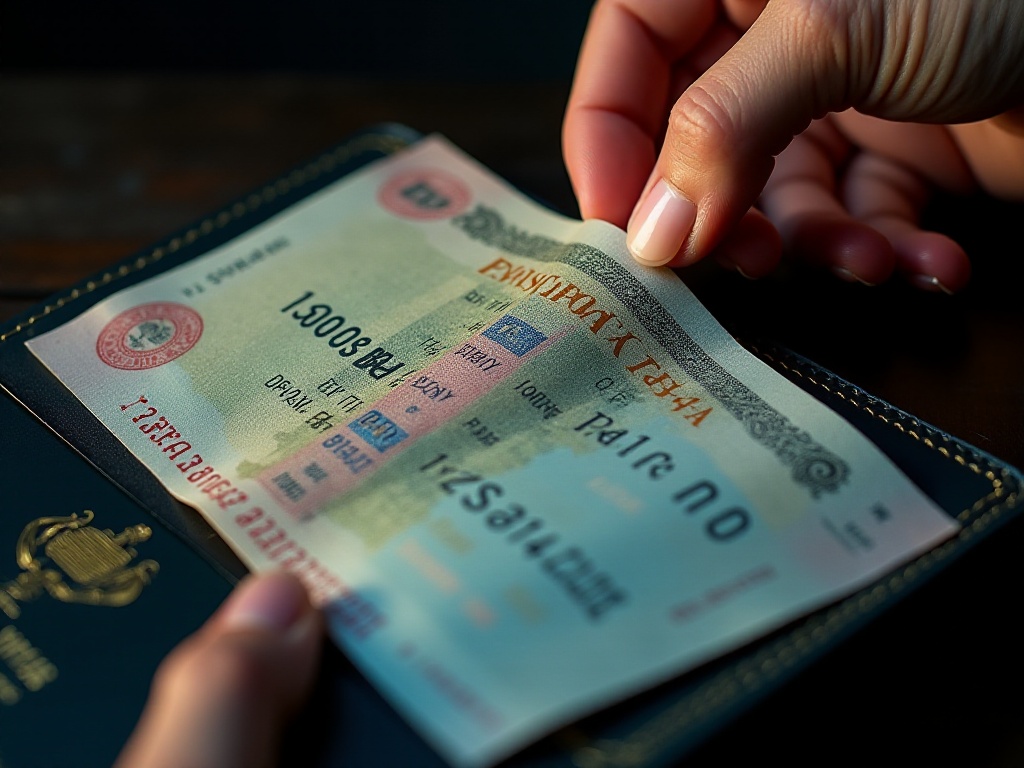
Application Strategy
The most important thing in applying for a U.S. visa is thorough preparation, just like preparing for an important exam. First, you need to fill out the DS-160 form, which is like a detailed personal resume, requiring honest information about everything from your basic details to work experience to specific plans in the U.S.
Let me share my experience. Be extra careful when filling out the DS-160, as this form directly affects the visa officer's first impression of you. I suggest preparing a Word document with all the required information in advance, so you won't be overwhelmed when actually filling out the form.
Regarding document preparation, besides basic passport and ID photos, you need materials proving stable employment and financial capability. For example: Employment verification should be detailed, preferably indicating your position, years of service, and monthly income. I usually get an official English employment certificate from my company, which gives visa officers a more professional impression.
Bank statements should cover the last six months and show stable income records. I advise maintaining proper account management to avoid large unexplained fund transfers.
Fixed asset certificates like property and vehicle ownership can be included, as they prove strong ties to your home country and intention to return.
Travel plans should be specific, preferably listing intended attractions and accommodations. I usually prepare a detailed itinerary including daily destinations and hotels, which not only convinces visa officers of my preparedness but also helps me better plan my trip.
I remember my first U.S. visa application - I was so well-prepared that the visa officer only asked three questions before approving. They asked about my purpose in the U.S., and I immediately showed my detailed itinerary; asked about my work situation, I promptly presented my employment certificate; asked about my financial status, I directly showed my bank statements. The entire interview took less than three minutes - couldn't have been smoother!
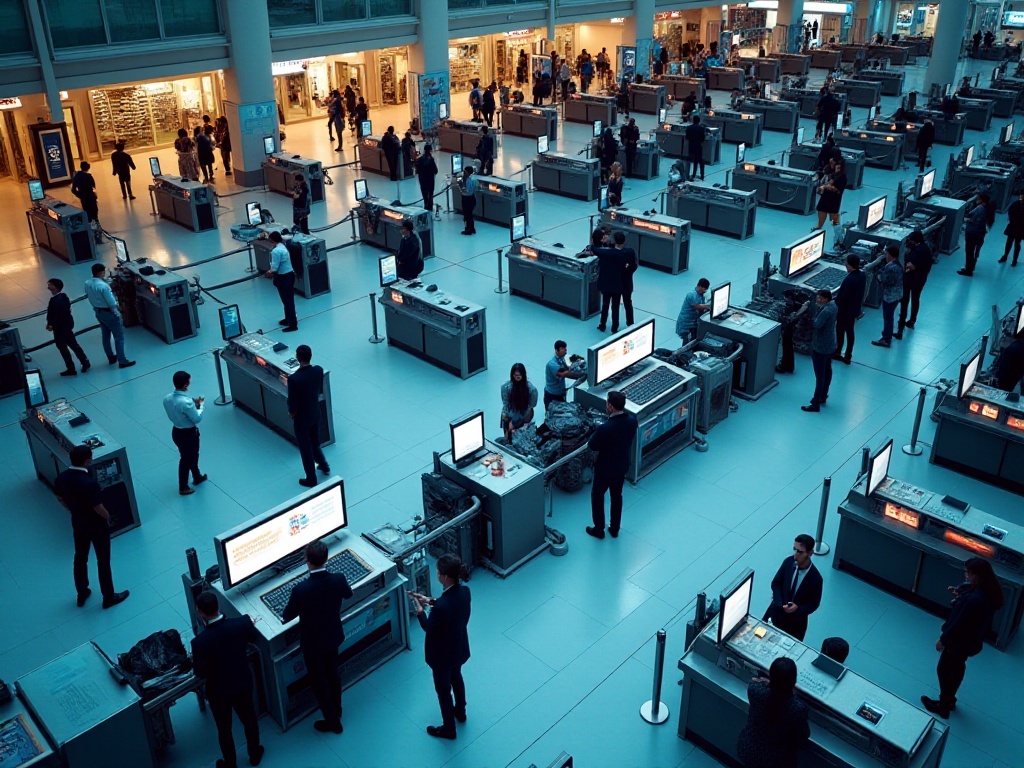
Interview Tips
The interview phase makes many people nervous, but it shouldn't. My advice is: treat the visa officer like a regular friend and communicate naturally. Visa officers mainly care about three questions: What will you do in the U.S.? How long will you stay? Can you guarantee timely return?
Here are some practical interview tips:
First, regarding attire. No need to dress too formally, but don't be too casual either. I usually opt for business casual, giving a sharp but not artificial impression. Men can wear a shirt with casual pants, women can choose a simple dress or professional suit.
Second, attitude in answering questions. Be confident but not arrogant, honest but not verbose. For example, when asked "What will you do in the U.S.," never give vague answers like "just hanging out." Instead, you could say: "I plan to celebrate New Year's Eve in Times Square, then watch the sunrise at the Grand Canyon, and spend two days at Universal Studios in Los Angeles. The entire trip will take about 10 days." Such specific answers show you're organized and well-planned.
About language issues. Don't worry too much if your English isn't perfect. Visa officers regularly deal with applicants from around the world and understand language barriers. The key is clearly conveying your intentions. If you don't understand a question, politely ask for repetition. I've seen people with limited English still get visas because of their sincere attitude and direct answers.
Small details during the interview are also important. Maintain eye contact with the visa officer to show confidence and sincerity. Speak clearly and loudly enough, showing a positive attitude. When asked sensitive questions, like whether you have relatives in the U.S., always answer truthfully as they usually already have this information.
I remember during one interview, the visa officer asked why I chose that particular time to visit the U.S. I honestly said it was because I love watching NBA games and wanted to catch some regular season games live. The officer then chatted with me about their favorite teams, making the atmosphere much more relaxed. So, sincerity and naturalness are key to interview success.
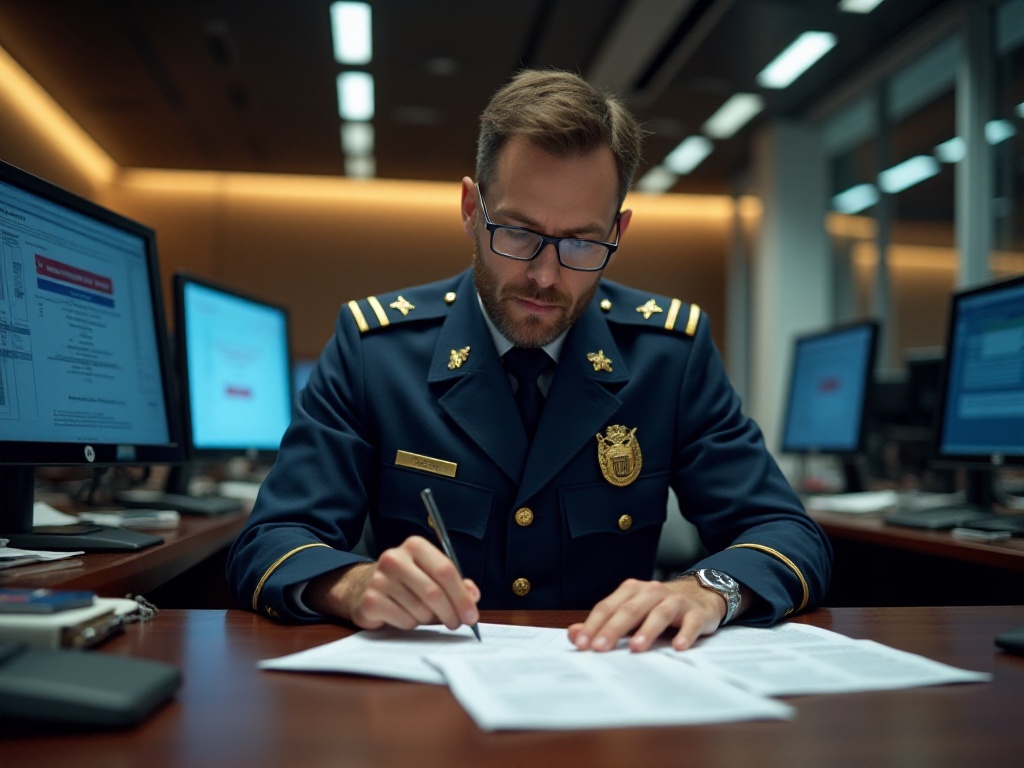
Special Circumstances
Regarding special circumstances, the most typical is the Visa Waiver Program. This program allows citizens of certain countries to enter the U.S. without visas, though unfortunately China isn't currently included. However, knowing about this program is useful, as you'll find many countries like South Korea, Japan, or European Schengen countries are part of it.
Some special situations deserve attention. For instance, if you have a previous visa rejection, your new application needs extra careful preparation. I know a friend who was rejected first time, waited six months, accumulated more work experience and savings, prepared more detailed materials, and succeeded on the second attempt.
Also, if your passport is expiring soon, consider renewing it before applying for a visa. Although U.S. visas can be valid for 10 years, if your passport only has one year left, the visa validity will be correspondingly shortened. That's not cost-effective.
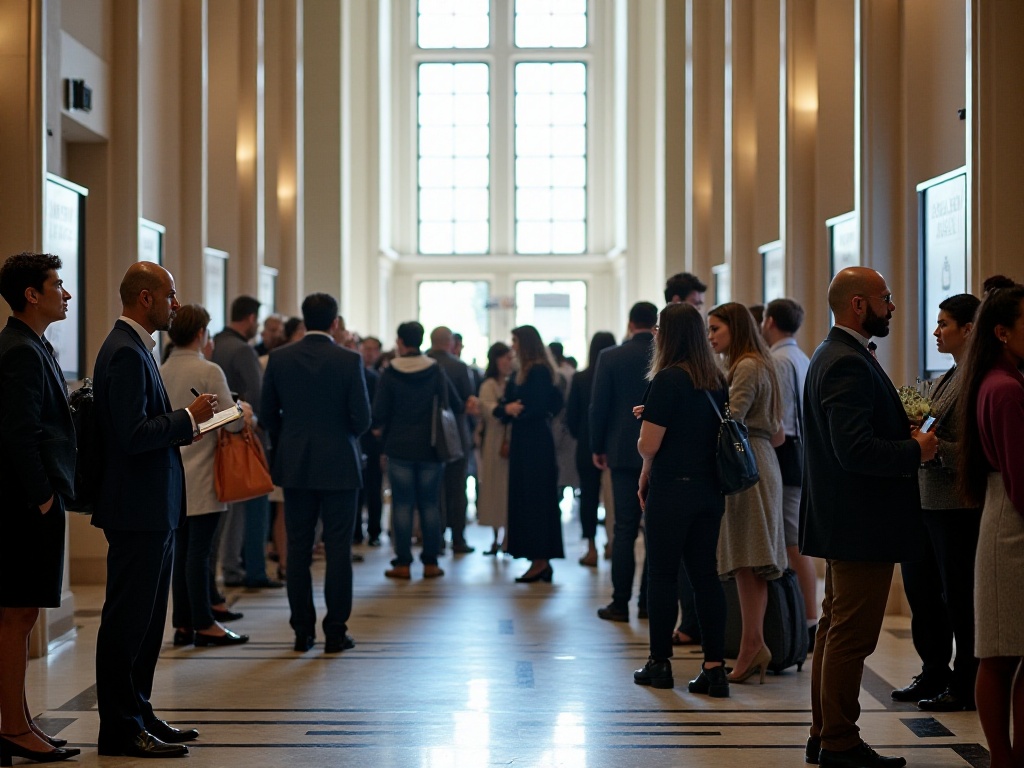
Final Words
Through this super-detailed U.S. visa application guide, you should now have a clear understanding of the entire process. Remember, applying for a visa isn't scary - the key is thorough preparation.
According to the latest U.S. State Department data, the B visa approval rate for Chinese citizens exceeded 80% in 2023. This number tells us that with proper preparation, the chances of passing the interview are quite high.
Moreover, after getting a U.S. visa, you not only can visit the U.S. but also enjoy some extra benefits. For example, having a valid U.S. visa allows visa-free entry to some Caribbean countries. I used my U.S. visa to visit the Bahamas, where the beaches were breathtakingly beautiful!
Finally, I want to say: visa application is like dating - the most important thing is maintaining sincerity and openness. Don't fabricate information for fear of rejection, as this will backfire. Maintain a positive attitude, prepare thoroughly, and believe that you too can successfully get your visa and begin your American dream journey!

